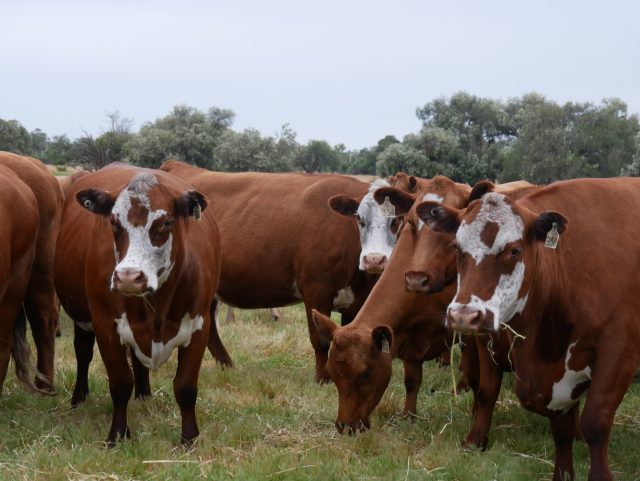What you need to know about Foot and Mouth disease and how it affects us in the Northern Valleys region.
With Bali a popular holiday destination for West Aussies, fears that the disease will be spread to our shores via returning travellers are very real and very frightening. Farmers all over the state are watching and waiting to see what measures will be put in place to keep our animals, and our $80 billion Australian livestock industry safe.
When the FMD epizootic hit the UK in 2001 the consequences were horrific. In a bid to curb the outbreak, which spreads like wildfire through cloven-hoofed animals, over 6 million cows and sheep were killed and their carcasses burned on farm. The images on Wikipedia paint a devastating picture of loss and waste and I do not recommend viewing for the faint of heart.
Animals usually show signs of foot-and-mouth disease within 3–5 days of infection, but signs can take up to 14 days to appear, and infected animals can spread the virus before they show signs of the disease. Although many affected animals may survive FMD, they take a long time to recover and often do not regain their full productivity. Surviving animals may also become carriers of the virus.
The UK strategy was to eradicate by euthanising and disposing of not just all cattle, pigs, buffalo, sheep, goats and deer showing symptoms but, and this is the really scary bit, also all those on neighbouring farms.
In the UK farms are much closer together than in Australia, and FMD was most prevalent in intensive farming situations like feedlots and dairies. The outbreak also occurred more than 20 years ago, and understanding of the disease, vaccine development and biosecurity techniques have improved since then – which gives us hope that with the right approach, we have a fighting chance against this disease.
Fundamental to management is early detection, and the Department of Primary Industries and Regional Development (DPIRD) are urging livestock owners to report any suspected outbreaks immediately to to their veterinarian, to DPIRD’s veterinarians https://www.agric.wa.gov.au/livestock-biosecurity/animal-biosecurity-welfare-program-contacts-western-australia or the Emergency Animal Disease Watch hotline on 1800 675 888.
Important information about biosecurity measures to implement on your property to protect your livestock can be found on the MLA website here: https://www.mla.com.au/news-and-events/industry-news/fmd-lsd-four-ways-to-protect-your-livestock-and-livelihood/
The Australian Government has recently announced its commitment to provide $1.5 million to support Indonesia’s response to the recent outbreak which includes funding 1 million vaccines, as well as offering to share Australian expertise on emergency disease management and biosecurity.
But while vaccines offer some protection, there is no cure, and euthanasia is still the primary method of controlling an outbreak. The outcome of this is nothing less than disaster, and we all have a part to play in ensuring this disease firstly does not even reach us! Many livestock advocates are calling for a complete ban on travel to Indonesia, and pleading that travellers leave their clothes and shoes behind in Bali when heading home as the disease can also be spread through wool, hair, grass or straw, and contaminated particles on footwear, clothing and equipment. It’s also well worth considering if that trip to Bali is really worth the risk.








